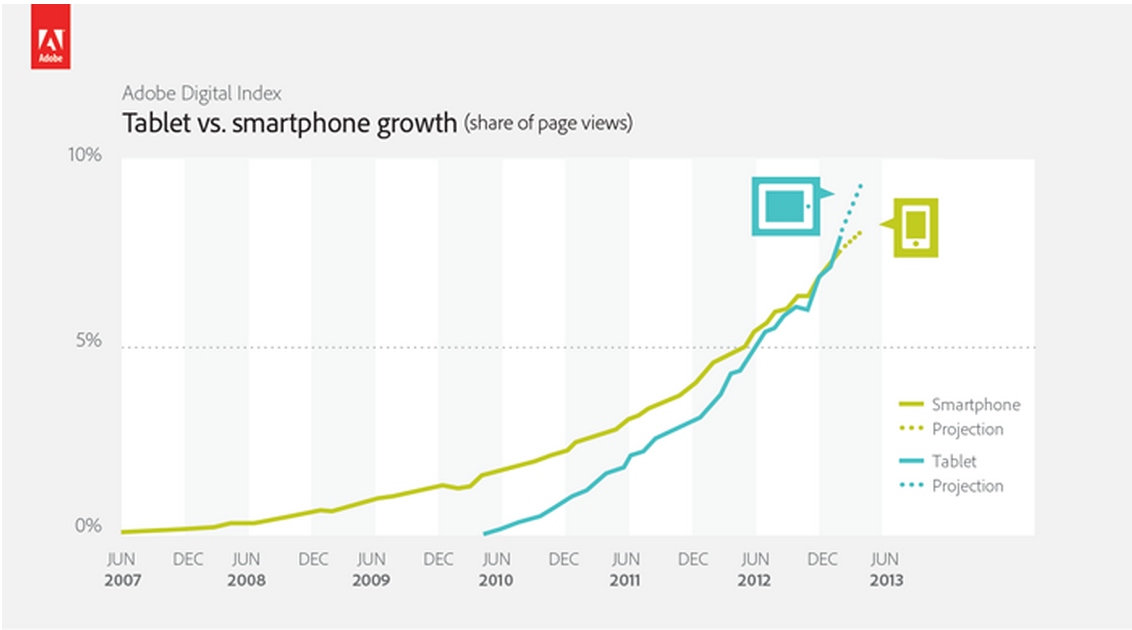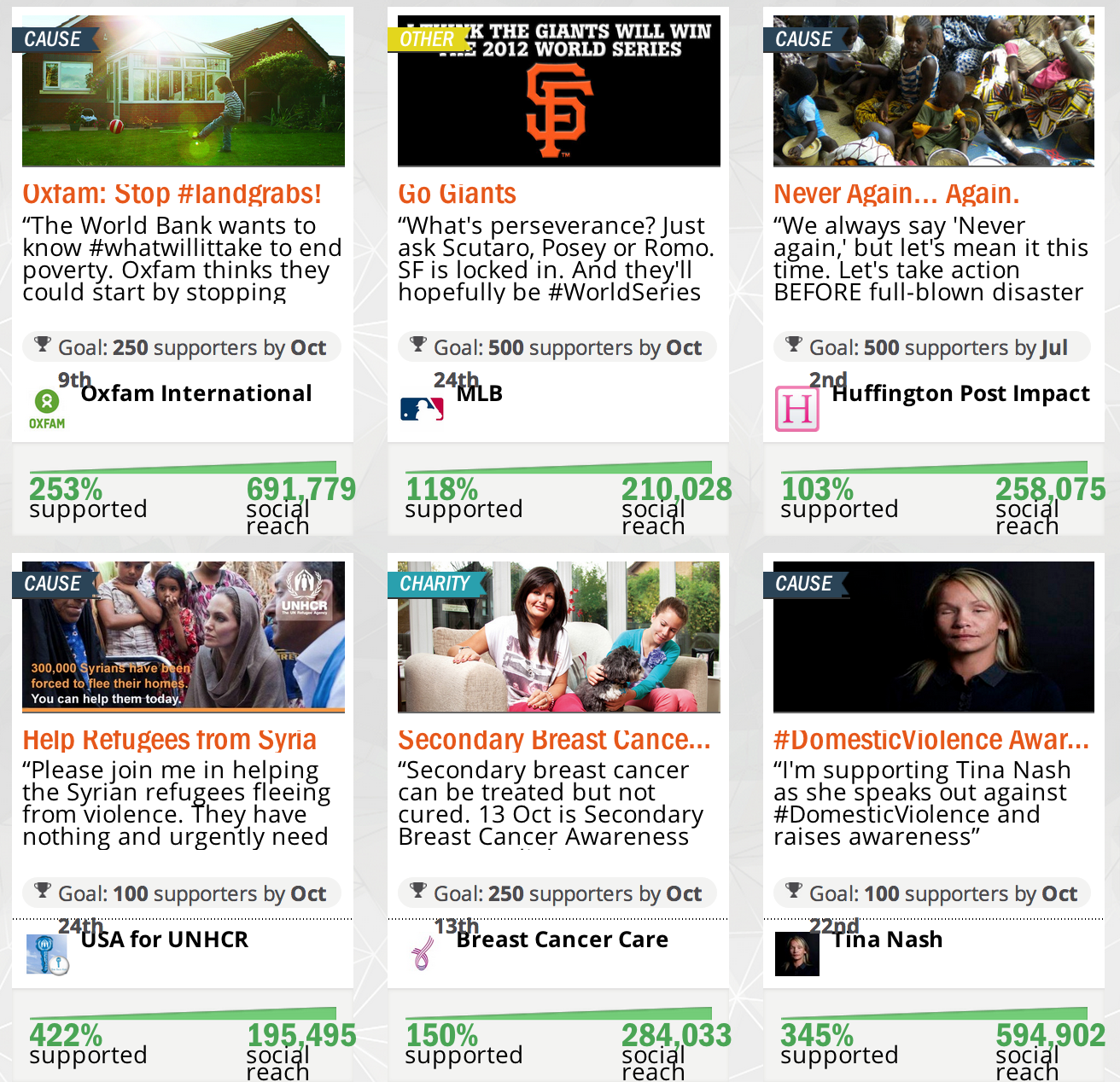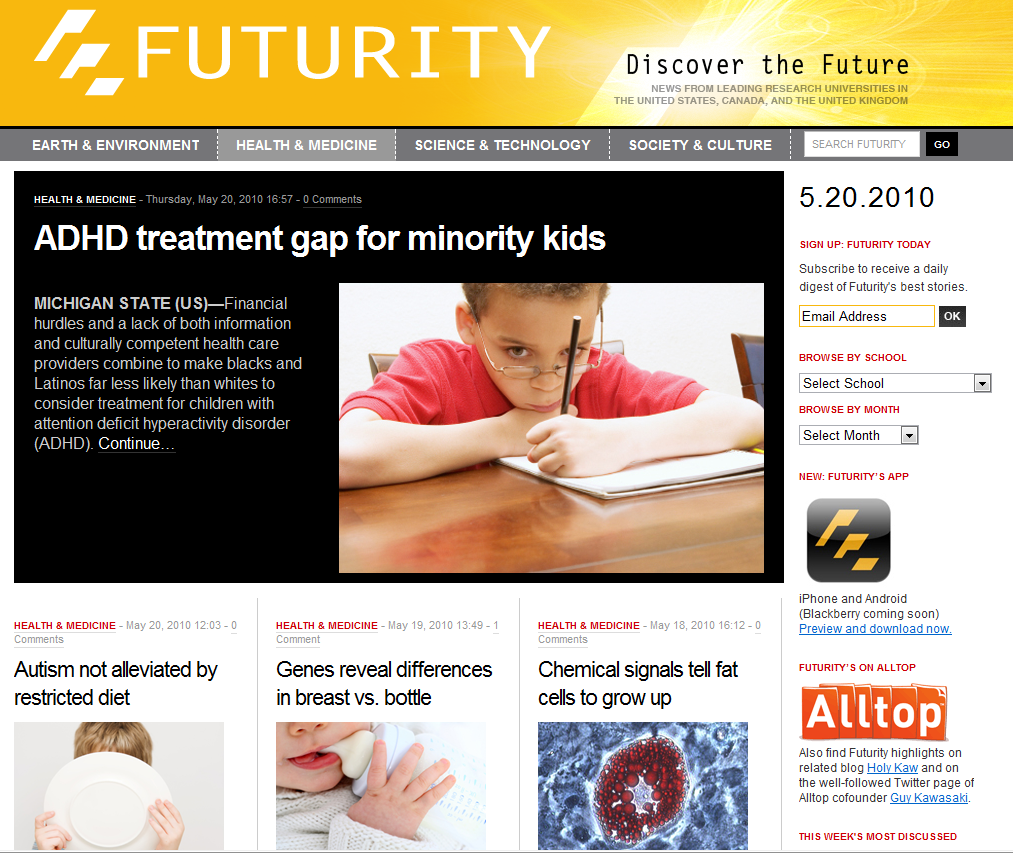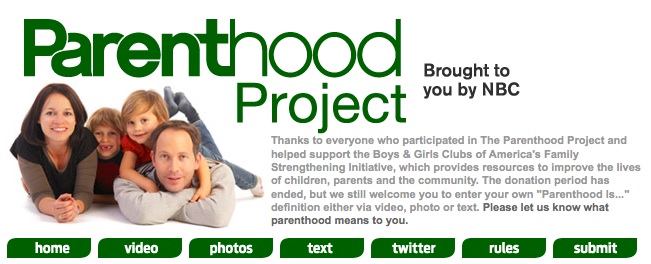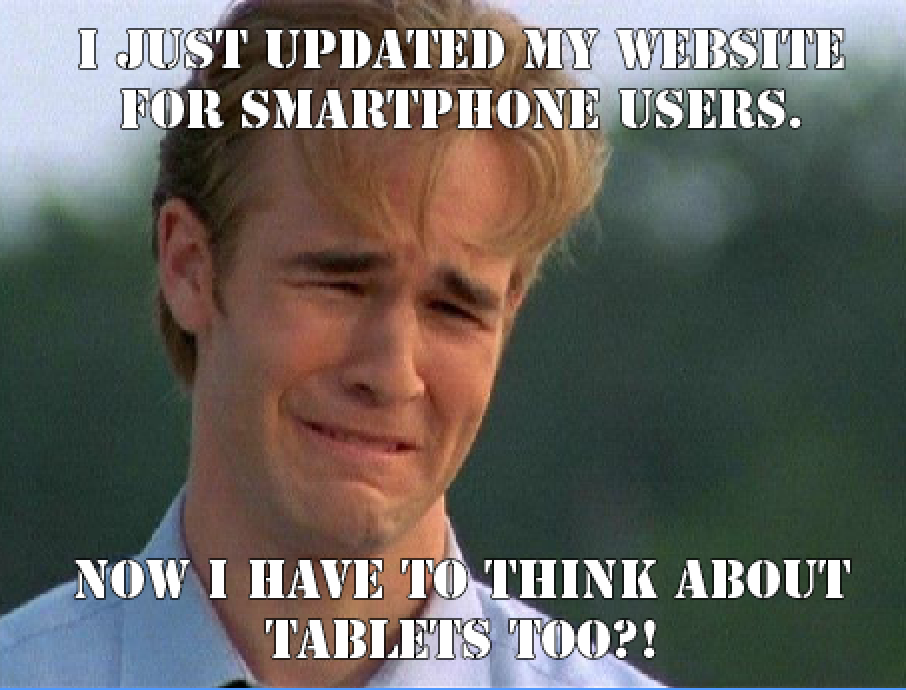
What’s your website’s mobile traffic breakdown?
Adobe’s Digital Index reports that websites now get more Web traffic from tablets, than smartphones. The findings come from Adobe’s review of over 100 billion visits to 1000+ websites world-wide, showing 7% of traffic is driven from smartphones, with tablets edging them out at 8%. The reason? While smartphones are more common, adobe found that users preferred tablets for more in-depth Web browsing.
Data Worth Noting
Smartphone users tend to be more task-oriented than tablet users. People use their smartphones while on-the-go, when they are busy and easily distracted. Whereas, tablets might be used for more relaxing and passive behaviors such as reading, watching videos, streaming music, online shopping and Web browsing.
Additional key findings from Adobe’s report include:
- Internet users in the U.K. are most likely to surf the Web via a tablet. Whereas, Internet users in Japan are most likely to use a smartphone.
- All countries saw tablet traffic double this past year (have you?)
- Tablets are ideal for “couch shopping”. Retail websites receive the greatest tablet traffic out of all industries, followed by travel and automotive.
The key line in Adobe’s report prioritizes the customer experience. “Think about it,” Adobe advises. “Why do you choose to use your tablet instead of your phone if you have both? What different expectations do you have? Now, apply that to your customer’s experience and you may have some tweaks to make in your digital strategy and mobile approach.
The Third World Tablet
When it comes to public health however, you might hashtag #firstworldproblems on this discussion. Not everyone has the luxury of owning a smartphone or a tablet, let alone both. But not so fast…
Late last year, DataWind introduced the world’s cheapest tablet at $40, the Aakash 2. Already, the Indian Government has a bulk order of 100,000 in process, with the goal of providing a tablet for every student (eventually). The tablet also debuted at the United Nations:
“We need to do more to help all children and young people make the most of the opportunities provided by information and communications technology – especially all those who are still unconnected from the digital revolution,” U.N. Secretary General Ban Ki-moon told SmartPlanet at the unveiling in November.
Will the tablet become a mightier tool for social good? Time will ultimately tell. But while the fanfare continues on the rise of tablets, it’s important to understand different realities also exist. For example, take 2013 TED Prize Winner Sugata Mitra. Mitroa saw a problem, and inspired, put computers in the walls of slums. In doing so, he discovered an opportunity for change.
So, the real question is, how are you finding ways to expand digital access and find impact?
]]>
This edition of the Health Care Social Media (HCSM) Review explores recent discussions and research on how social media collides with health promotion, prevention and wellness efforts. While a number of submissions highlighted social media, many spoke more to digital health as a whole vs. social media specifically, an important differentiation. So, let’s explore that first.
Digital Health Takes Center Stage
In health care social media discussions, lines quickly blur as people share and develop ideas that relate to possible close cousins of social media including big data, wearable tech or mobile technology. Refer to this article by Healthy Startups on the 100 Trends That Will Change Healthcare in 2013 for a full list of potential relatives.
Or, people start considering “social media” implementation and evaluation strategies when they actually want to look more broadly at a program’s full digital strategy and communication activities. Now, we have Forbes declaring 2013: The Year of Digital Health and our Ogilvy colleagues chiming in on the discussion.
With the close of the Digital Health Summit at the Consumer Electronics Show in Vegas earlier this month and next month’s Digital Health Extravanganza, the conversation isn’t slowing down anytime soon. The fast-growing 14,000+ member Digital Health LinkedIn group provides further evidence.
(…but What Is It?)
Social media and all its relatives – is that digital health? Yes. Some groups have put together more scholarly definitions:
- Digitome: Digital Health is the use of technologies and networks by all stakeholders (doctors, patients, scientists, payers and providers) to enhance collaboration and personalisation, and to reduce the cost of healthcare. Digital Health is an umbrella term which incorporates overlapping technologies and approaches including Health 2.0, Connected Health, eHealth, telehealth and mHealth.
- Rock Health SXSW #DigiHealth Panel, (2012): Digital health is an emerging industry at the intersection of technology and health, radically changing how we access and use personal health information. It unites smartphones/tablets (new means of 24/7 access to information), with big data in the cloud (enabling personalization), game dynamics / mechanics (new engagement mechanisms), the increased engagement of physicians online (interactive doctors), and a vibrant social conversation about health. The panel, composed of pioneers in this new space (WIRED Magazine, HealthTap, Rock Health, Massive Health, CakeHealth, others), will explore why Digital Health is happening now, and how it is poised to forever transform how we access and use personal health information, how we manage our personal health, and how we interact with physicians using online/mobile applications.
- World Economic Forum: Digital health harnesses the transformational power of modern information and communication technologies for improving health and healthcare throughout the world. Information is the lifeblood of health and healthcare. In caring for individual patients, managing healthcare systems, controlling and preventing NCDs or other epidemic illness, or conducting cutting-edge clinical research, we are only as good as the information we have about the health and healthcare of individuals and populations. Digital health releases the power of health-related data by applying the most advanced information and communication technologies to the collection, sharing and use of information that can improve health and healthcare.
While discussions are still underway, here’s the take away: Digital health encompasses social media – but it’s so much more! For your behavior change interventions, social media programs and communication efforts, focusing solely on social media limits your impact. Introduce yourself to digital health.
Hot Topics
So, back to our submissions – here are the stand outs, though some feature social media’s cousins and close relatives:
- Given the latest buzz on gun control and violence, many may find this recently published fact sheet on how to use social media for crime prevention from the International of Chiefs of Police interesting. The U.S. Institute of Peace also shared a variety of initiatives on how social media is being used for conflict prevention abroad.
- The American Heart Association released a scientific statement saying that social media may help fight childhood obesity.
- Amelia Burke reminds us of the allure of social media and its relevancy to health in her post Social Media: The Oryx of the New Communication Era. While she didn’t officially submit it, Burke also shares how social media can liven up flu messages. Given the current state of the flu in the United States, you may also be interested in Michael Sherman’s post highlighting how “Social Media Now Tracks Flu Faster than the CDC“.
- While not social media, Sherman also reminds us that email is alive and well in healthcare marketing. I couldn’t agree more. I recently shared a number of email health interventions that have seen success.
- You’ve heard of Text4Baby, but an Illinois Department of Health initiative called Text2Survive is using mobile messaging to enhance minority youth access to HIV/AIDS information and prevention. An HHS Text4Tots initiative is also in works focusing on nutrition and physical activity. Meanwhile, a separate Text4Tots program was piloted to promote oral health.
- This study looks at the potential of using Facebook and Facebook groups to promote safe driving.
- The number one source of health information for most people is still the doctor. Given this, Kate Berry’s post outlining the Patient Engagement Framework and its five phases is worth noting.
Thank you for all of your contributions to this edition. Health Care Social Media Review has information about the next edition’s host and instructions on how to submit your posts for review in future editions.
]]>
How can email be used as a health intervention?
Many are enthusiastic about the possibility of social media being used as a behavior change intervention. For some, the verdict is still out. While we continue to advance the science behind social, don’t forget about email (and search for that matter). For today, let’s look at email.
Email at Work
Oncologists who receive email reminders are more likely to ask terminally ill patients about their end-of-life wishes, according to a recent study published in the Journal of Clinical Oncology. Before the implementation of email reminders, fewer than 15% of patients had their final wishes recorded. After one year of the intervention, one-third of the patients had their final wishes recorded.
This study isn’t alone. Email reminders have helped influence emergency physician behavior. Another email intervention led to improved diet and exercise. This systematic review looked at 13 specific interventions that incorporated email prompts. And the list. doesn’t. stop. there.
Triggers and Behavior Change
I’ve been reading up on text messaging for health promotion efforts for a client-related project. A number of text-messaging vendors include email alerts and updates as a part of their offering. Why? Because emails–just like texts–can serve as triggers for behavior change or as a “gentle nudge” as KevinMD.com discussed back in 2011.
Triggers can be powerful partners in behavior change as demonstrated in the Fogg Behavior Model. We want to put hot triggers in front of motivated people. Email alerts and reminders can be a step in a chain of desired behaviors, helping to create what I refer to as, your behavior change funnel. Small steps can lead to larger outcomes.
Think about it. Why do you think non-profits put such an emphasis on email marketing as part of fundraising? Email triggers action.
Email Is Not Dead
This isn’t “new” news to a number of people in the field. But it’s a great reminder. In August 2011, Pew Research shared that “search and email still top the list of most popular online activities.” Yet a number of conversations start with social and don’t fully open the door to considering email and search (let alone move to a mobile-first discussion).
How are you using email to support your health promotion and behavior change efforts?
]]>
Can online, social networks really help people stop smoking?
This is what 100 experts came together to discuss in a 2-day workshop in Washington, D.C. The result was a proposed research agenda on online social networks and smoking cessation. The group proposes 34 questions they deem most pressing in four categories: advancing theory, understanding fundamental mechanisms, intervention approaches, and evaluation.
This was 2010.
There is A Need
We are on the edge of 2013. And while the Web is ubiquitous–making qualms between offline and online approaches somewhat void when we should be looking at the overall customer experience…We’re still working to better understand many of the questions proposed:
- How well do theoretical models of social influence translate between offline and online contexts?
- How does information spread through an online social network? Are there identifiable patterns of information spread that can be leveraged in intervention research?
- Can key participants in a network be identified and targeted to foster information diffusion or make it more efficient?
- What are the drivers of the viral spread of an application, concept, or innovation through online networks?
- What predicts engagement in an online social network?
All 34 questions themselves are invigorating. I encourage you to take them back to your team to fodder discussion and brainstorming. We need to be asking these questions. We need to test our ideas, explore what’s working and share it with our colleagues. But there’s a greater need.
You Can Help Solve It
As a practitioner, one item stood out among the research agenda. It’s worth filing in your back pocket and pulling out as evidence when you’re in one of those meetings:
“While there are ways in which offline and online behaviors overlap and can reciprocally inform models, mechanisms, implementation, and evaluation, there are also important differences that require critical thinking about online networks. There is a need to challenge and test the assumptions inherent in traditional models when developing, implementing, and evaluating online interventions.”
You are called to challenge traditional models–even tested ones. Rather, find inspirational models. Study them. Find what’s working. Lean on your training, work to better understand people and unwind the assumptions you bring to even the tiniest of tasks. If you’re a graphic designer for example, maybe you look into the psychology of color and how that impacts design and behavior. This is the art behind the science, so go grab your paintbrush.
What do you think about the proposed research agenda? What questions would you add?
]]>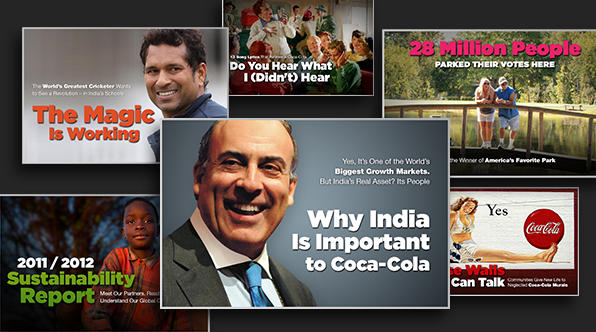
What can we learn from Coca-Cola’s marketing and advertising approach?
Many, including Melinda Gates, have commented on how we in the social sector can learn from Coca-Cola’s place-based strategy. Now there’s more: the Coca-Cola Journey.
“Today, Coca-Cola is taking its digital communications to a new level,” said Clyde Tuggle, Senior Vice President and Chief Public Affairs and Communications Officer, The Coca-Cola Company. “Coca-Cola Journey is the most ambitious digital project Coca-Cola has ever undertaken, and we are doubling-down on our commitment to be a quality publisher of compelling content.“
It is a wow experience.
In his book Platform, Michael Hyatt says that the essence of WOW is exceeding the customer’s current expectations. Coca-Cola achieves that with Coca-Cola Journey largely thanks to its smart packaging and display of quality content.
With Coca-Cola Journey, you experience the Coca-Cola brand, its story and vision within a context that invites you to participate. Rather than provide a standard corporate website, you’re offered a dynamic, digital magazine that features original and curated content designed to invite conversation in a creative, welcoming way with a side of intrigue and delight.
Take notes.
Learning from Coca-Cola, here are just four items to consider as you continue to evolve your own digital presence:
1. Prioritize the user-experience. “More than anything, we prioritized what creates a great user experience over the latest design trends,” explains Ashley Brown, Coca-Cola’s Director of Digital Communications and Social Media. Yet–the site still has appealing design. Think wow, not just what’s hot now.
2. Speak visually. As Laura Kisailus of Forum One recently posted, “Visual media reigns supreme…consider the packaging of your content across the social web.” Coca-Cola takes this to heart by pulling some of its key data points and shaping them into a visual format.
3. Leverage inbound marketing. One of the biggest shifts in Coca-Cola’s web strategy is the strategic decision to be a quality publisher of compelling content. Many marketers see value in this type of shift but only a fraction of organizations have put resources behind it.
4. Create liquid content. Coca-Cola isn’t stopping with inbound marketing. They have bet the farm on content marketing with a “Content 2020” strategy. It’s mantra: “move from creative excellence to content excellence.” Content excellence equals liquid content, creating ideas that are contagious. As evidence, according to Marketing Week, Coca Cola’s new approach to creativity and advertising saw it create more than 120 pieces of content as part of its London 2012 Olympic sponsorship activity, compared with just three TV ad executions and six outdoor ad executions for the 2008 Beijing Olympics.
Go 70/20/10.
Watch the videos below on Coca-Cola’s full “Content 2020” strategy, especially time stamp 3:04 in the second video to learn more about Coca-Cola’s 70/20/10 principle to liquid content. In the comments, share how are you’re evolving your content efforts so we can also learn from each other. What barriers are working against you?
Now, you can. With Thunderclap.
Thunderclap is a tool that lets you and others share the same message together, spreading an idea or call to action across Facebook and Twitter at the same time. With a click of a button, Thunderclap makes it easier for your communities to participate in your cause’s online advocacy efforts.
The concept of the Thunderclap is similiar to the “tweet bomb” tactic that was recently used for the #hungertohope World Food Day social fundraising campaign. Currently, there is no charge to use Thunderclap. However, if you create your own clap, you do have to go through a painless approval process as a way to cut down on message spam.
Bringing the Hammer
Thunderclap has already been used by a number of causes and is being called upon for the upcoming #GivingTuesday campaign, an effort encouraging people to give back the Tuesday after Black Friday and Cyber Monday. #GivingTuesday organizers are looking for 500 fellow clappers to help jump start the social campaign. Right now, they currently have 61 including myself. Will you consider joining?
Stay Integrated
Already, too many people and organizations treat social media as a broadcast mechanism rather than putting emphasis on content, people and relationships. Don’t be one of them. Instead, use your Thunderclap as an integrated part of your campaign. Include a call to action in your message along with a link. Optimize your landing pages. Measure your success. Go beyond one and done.
]]>
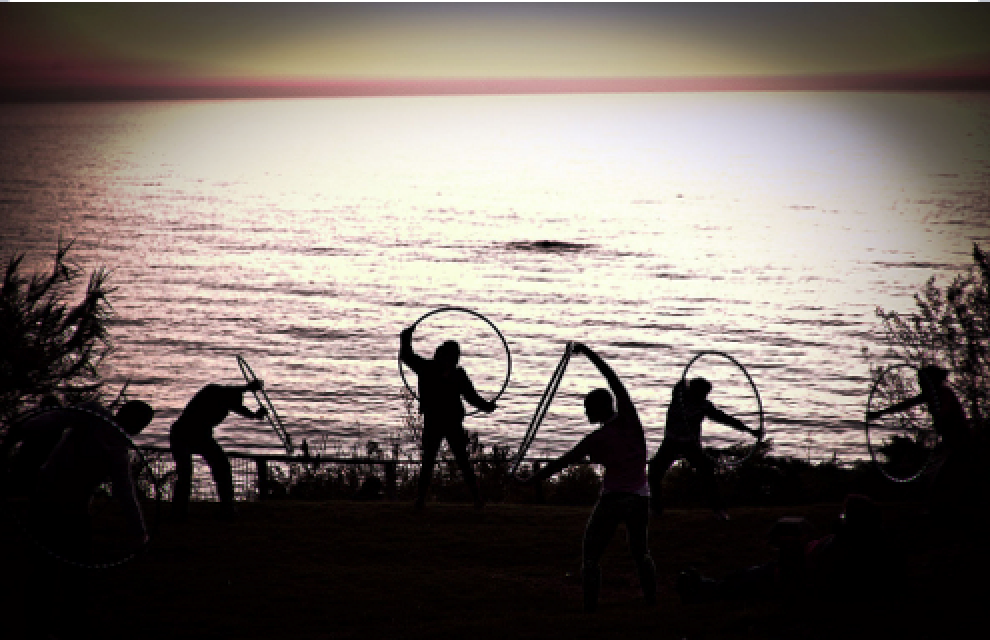
“The detached Don Drapers of the marketing world cannot simply rely on creating deep and lofty brand awareness campaigns any longer,” says cofounder and CEO of HubSpot Brian Halligan. He’s right. This mantra not only applies to Madison Avenue, but also within the ivory towers of public health creatives as well.
There’s more.
“Marketing campaigns are not about winning awards for creative, building the flashiest websites, gaming Google for higher rankings, generating mounds of media coverage, or negotiating the lowest cost per thousand (CPM) in order to interrupt the largest audience. The job of a marketing agency is to produce results that impact the bottom line.” This from Paul Roetzer of PR20/20 in his new book, The Marketing Agency Blueprint.
Can we get an amen?
Serving the Bottom Line
Though both gentlemen talk more so about agencies serving the private sector, parallels to the public sector are easily made. Instead of being satisfied with awareness measures of reach and impressions, let’s aim for game changing results and talk about how our efforts result in:
- connections created
- behavior changed
- knowledge increased
- attitude influenced
- policy adjusted
To do so, we need to evolve the traditional mass media campaign model into one that serves the bottom line. Because even once you reach someone with your campaign, then what?
Building a bridge between awareness and action has been an ongoing pain point in public health and social change efforts. Using the mass media model, we’re really good at broadcasting our messages to reach people–often talking at them instead of with them. Yet even once reached, we stop the conversation.
At the CDC conference in August, some of my favorite brainiacs came together (shout out to Andre Blackman, Doug Weinbrenner, Nedra Weinreich, Jay Bernhardt and Mike Newton-Ward). We got into a conversation about “dosage.” Sure, that has to do with making an impact. But we also need to help voices be heard, information be shared and communities be built. For fellow theory-loving junkies, it’s about taking into consideration the whole social-ecological model.
Getting Our Hands Dirty
Traditional mass media models that follow TV PSAs, direct mail, radio announcements and the like allow us to safely distance ourselves from the nitty-gritty hard work of transforming our world. It puts us a hands distance from actually interacting with and serving our people. It’s time to roll up our sleeves.
Our work is no longer about building a one-and-done campaign, but about creating shared experiences and building movements. To build bridges, we have to walk side-by-side with those we want to not only reach, but truly engage.
Shifting Evidence
When you look at data such as knowing that 80% of U.S. adults look for health information online, 50% own smartphones, 20% or more own tablet devices and 10% have already downloaded a health app, you see a shift is occurring in how people are finding, using and sharing information. This demands that we too much shift our approach.
In May, I presented to the Metropolitan Washington Public Health Association on how new patterns and trends in communication offer new opportunities in engaging people in public health efforts. This shift isn’t about technology, but about people. People, empowered by digital media, can help evolve a campaign into a cause.
The presentation below presents three examples of how social media in particular can evolve a campaign into cause. Since I presented during National Women’s Health Week, this presentation focuses more so on this particular population.
The Social Media Shift: From Campaign to Cause from Alex Bornkessel
During the presentation, I shared additional data points on how positioning a public health effort as a cause when working with women can be especially effective. If you’re interested in this additional information, send an email to abornkessel@fly4change.com.
]]>
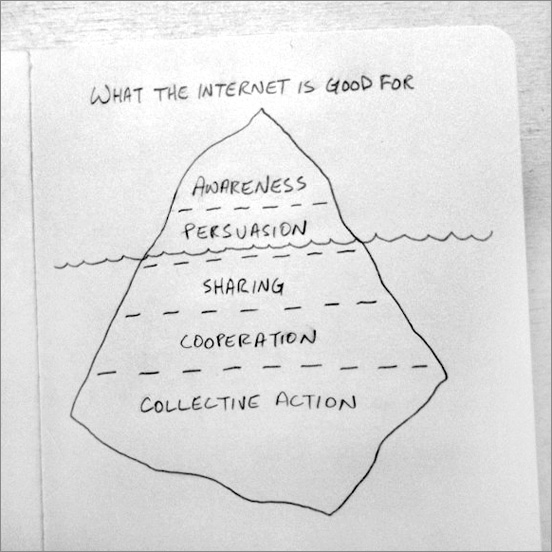 Have you ever been in a meeting and someone tells you: We aren’t in the behavior change business, we just want to raise awareness? You are not alone. Put take heart, there are those who know better. Especially in the times of the Web, behavior change–and micro-choices that lead to a great action–are even more possible.
Have you ever been in a meeting and someone tells you: We aren’t in the behavior change business, we just want to raise awareness? You are not alone. Put take heart, there are those who know better. Especially in the times of the Web, behavior change–and micro-choices that lead to a great action–are even more possible.
In a post titled Designing for Networks, Mike Arauz captures the potential of the Web–beyond its ability to be a distribution channel, beyond its ability to influence and beyond its use in achieving awareness:
If you only use the Internet in order to raise awareness, and perhaps to influence perception, then you are missing out on what the Web was made for: to enable large networks of people to come together for effective purposes through sharing, cooperating, and organizing collective action.
It might have been okay to work towards just “awareness” in the past, but with today’s technology, we can achieve more. I believe that the Web increases our ability to measure, evaluate and influence behavior change. The thing is: Behavior change is no longer on the same playing field. Just like journalism is evolving and the media, the way we influence behavior change and achieve behavior change has evolved. We, as practitioners, must evolve with it. I recently came across another quote that embodies this belief from one of the TurningPoint Collaborative’s PDFs, The Basics of Social Marketing:
The process of heightening awareness, shifting attitudes, and strengthening knowledge is valuable if, and only if, it leads to action.
Why do we want someone to know to exercise, eat right, and get their vaccines? Because we want them to act on that knowledge to prevent disease. Why do we want teens to know that drinking impairs their ability to drive? Because we don’t want them to drink and drive and hurt themselves or others.
Your Challenge
This week, think about why the Web was won. Sure–it can house knowledge and be a database of information–but it is more and can be more for you, your organization and your cause. Think about your bottom line–What is it you want to accomplish? Solve? Create? End? Start? Because at some level it involves behavior, especially if you are working in a Web environment. Do you want people to click on a certain link, read a certain story, donate to your causes—these are all online behaviors.
PS: Do you like these challenges? Are these helpful? I want to help you in being effective. And, I know I like prompts–do you?
]]>According to the website, Futurity.org aggregates the best research news from a number of top universities (see image below for the list). The site, which is hosted at the University of Rochester, covers research findings in a range of topics, including the environment, health, science, and society–and it’s interesting and made relevant even for the general consumer.

But here’s the best part: Rather than try to get their research in the news, they have become the news. And this my friends, marks a huge shift. Because I’m going to go to THEM, rather than them having to try to find their way to ME. Now–what if government did something similiar?
So let’s talk about the government:

This past week, the great Susannah Fox posted the tweet shown to the right. There’s been conversations about government opening up its data–but opening up can mean more. It can also mean content-wise. What is the government followed Futurity’s model? You don’t need to look too far to know there’s a lot of content on .govs–as well as duplicative content. But there are also the hidden gems. But to find the hidden gems, you have to dig, be savvy and subscribe to a number of different RSS feeds, blogs and email lists. Also in the content equation, the government, like universities, have worked with journalists for years to communicate their work to the public–spending both time and resources. When, we don’t have to go too far to know that in-depth and technical reporting is on the decline as newspapers are slimming down.
So, I say, bravo to the universities of Futurity.org, you’ve gone from trying to make the news–to becoming the news. Quite a big bridge to build and you’ve turned your gems into online currency I can easily find, comprehend and share. Thank you.
Collaboration + Aggregation
To see another example of what happens when collaboration meets aggregation, head over to Alltop.com. How we communicate is evolving–don’t think about how you can make the news. Instead, think about how you can be the news.
]]>Enter Cathy Goldman, NBC Vice President, Promotion & Brand Management. Cathy was kind enough to answer my questions. And while NBC didn’t answer all my questions, I find the answers fascinating. What I take away from both the Web site and Cathy’s answers is how integrated each facet of the project is–from the TV series, to leveraging social media through video, photos and text, to the universal concept of parenthood–all the way to identifying a non-profit that has a strong family strengthening initiative–it’s smart. Read for yourself and share your thoughts below:
SB: Where did the idea for the Parenthood Project originate and how did it evolve?
CG: Using our campaign strategy as inspiration, we wanted to give viewers an opportunity to participate in the dialogue that we began about what parenthood means to them. Considering this very relate-able topic, we thought tying in a charity component would resonate strongly not only with consumers but with talent. The talent participation has exceeded our expectations as they were all willing to share in the cause.
SB: What are the goals of the Parenthood Project–What is NBC hoping to achieve?
CG: There were a few goals, including: to elevate the conversation on what parenthood means; establish a dialogue with our viewers to make them feel involved with this highly relate-able topic; raise funds for a valuable charity that closely aligns with the show content, and tap into our talent to raise this topic into cultural relevance.
SB: How did the Boys and Girls Club get involved?
CG: We wanted to partner with a charity that had a national footprint, and after doing some research, we found that The Boys and Girls Club had a powerful family program (Family Strengthening Initiative) that provides viable resources for families
SB: How did you decide to involve people through social media–and how did you choose which social media to include?
CG: In all of our marketing communications, we look for ways to utilize and leverage social media tools. Since the main underpinnings of social media are meant to break down walls between people and their circle of friends and influencers, we concluded it was an important tactic that would elevate and amplify the messaging of this important project.
SB: More and more, we’re seeing an increase in social media for social good–especially in the arena of corporate social responsibility. Why do you think that is? How can we continue to improve upon past success?
CG: The heart of social media is the idea that people have their own online communities–and what better way to maximize those new connections for people than to incorporate a pro-social message.
]]>